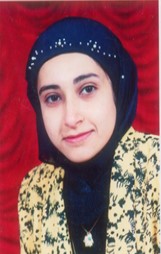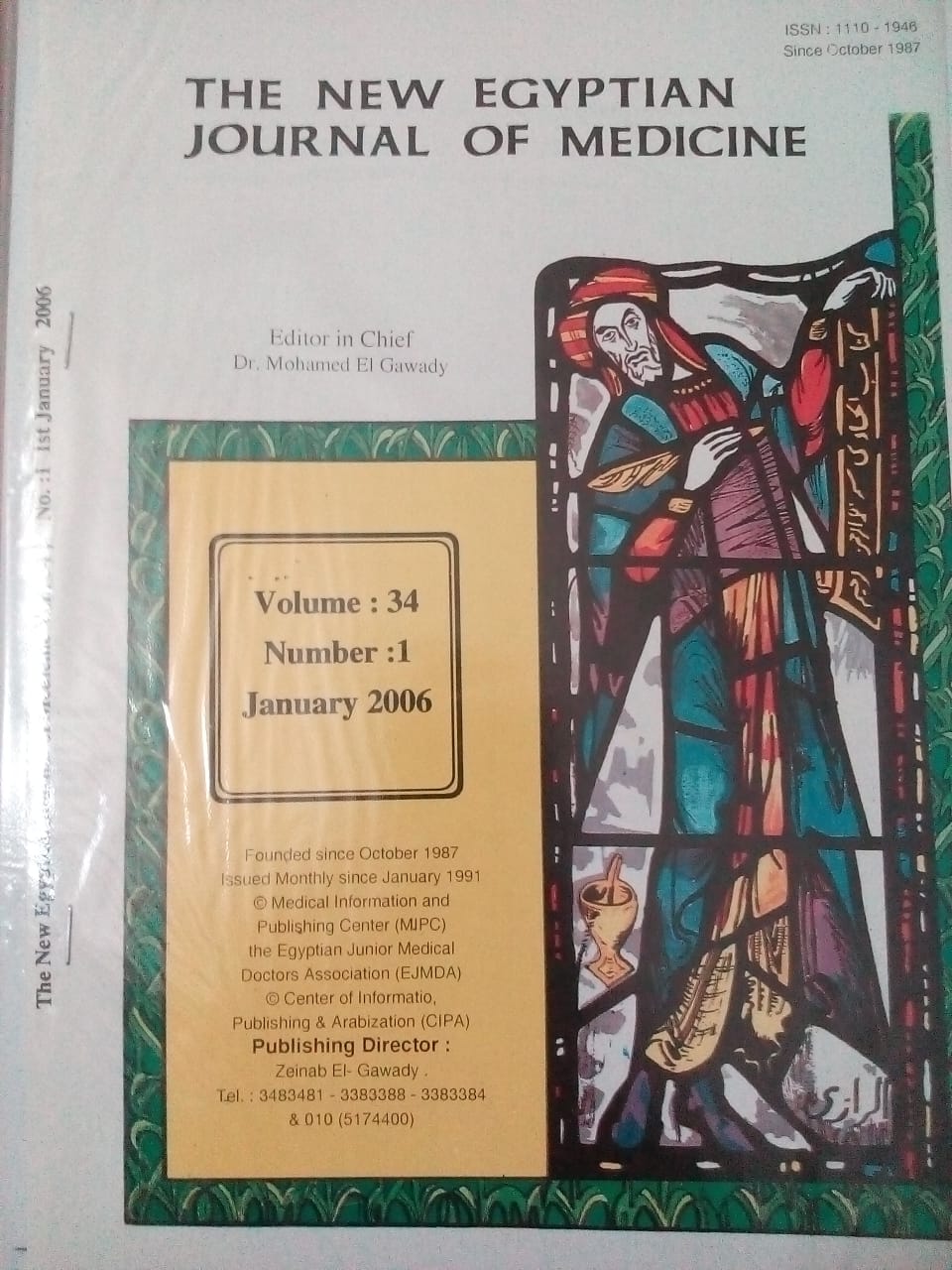Background: Studies performed to date on the prevalence of gallstones in chronic renal failure (CRF) on haemodialysis (HD) have given contradictory results. Aims: to evaluate the frequency and percentage of gallstones and its main associated risk factors in a group of Egyptian haemodialysis patients. Patients and Methods: The study included 147 patients with CRF on HD randomly selected from Assiut and Sohag University renal dialysis units in Upper Egypt (102 males, 45 females). The screening protocol included complete medical history, female parity, as well as, use of estrogen therapy by females. History of diabetes mellitus and duration of haemodialysis were also recorded. Body mass index (BMI) was calculated and a number of biochemical parameters (total cholesterol and triglycerides, serum calcium, phosphorus and uric acid) were estimated in fasting serum. An ultrasound scan of the gall bladder and biliary tract was performed with a 3.5 MHz linear probe after at least 12 h fasting. In addition, the prevalence of gallstones in the general population of the same geographical region was calculated after revising available data in ultrasonography reports. Results: The mean age of CRF patients was 43 ±14.2 years and mean duration of dialysis was 30 ±30.5 months. Gallstones were diagnosed in 22.4% of HD patients and this was mildly significantly higher in women than men (31.1% in women vs 18.6% in men, P=0.05) and this percentage was significantly higher than that of the general population in the same geographical region (1.6% of the total examined) (P=0.001). The percentage of gallstones didn’t increase significantly with increasing age or duration of dialysis. We noticed an insignificantly raised risk for gallstones with use of estrogen by females, diabetes mellitus and smoking in males (OR=3.2, 1.6, 1.2 respectively; P >0.05 for all of them). No significant difference was noted between CRF patients with and without gallstones in the studied biochemical parameters except for mean serum calcium that was significantly higher in patients with gallstones (9.8 ± 1.3 vs 8.1± 1.1; P=0.04). Conclusions: The percentage of gallstones in a group of Egyptian patients on HD is higher than that of the general population of the same area. Apart from female sex, the traditional risk factors associated with gallstones in the non-uraemic general population appear not to play a significant role in gallstone formation in HD patients. Estrogen use in females, presence of diabetes mellitus and smoking in males, have insignificantly raised the risk for gallstones in these patients. Changes in serum calcium appear to play a role. Our results suggest that other factors inherent to kidney pathology may contribute to this high percentage of gallstones in CRF patients on haemodialysis.
Keywords: Gallstones, Chronic renal failure, Haemodialysis, estrogen use and blood minerals.


